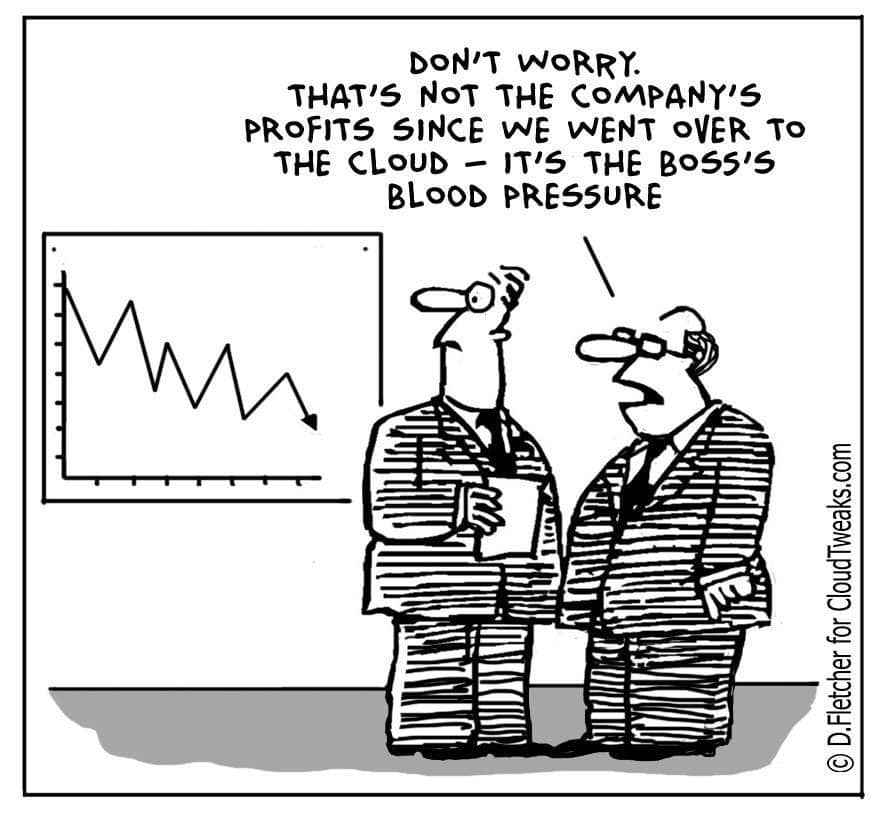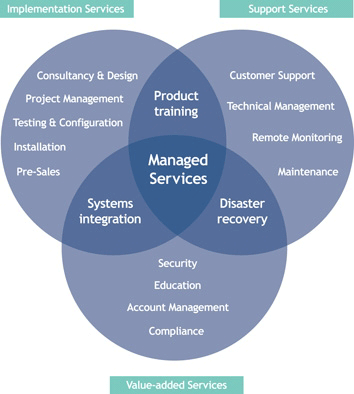
Cloud computing allows an organization to take advantage of a wide range of new services to address its needs. Software-as-a-service (SaaS) gives acess to powerful web-based applications that are updated automatically and require no installation.
Platform-as-a-service (PaaS) provides a portal from which a business can install or develop solutions for its IT needs (such as web applications). Infrastructure/hardware-as-a-service (IaaS/HaaS) allows resources such as storage and servers to be provisioned remotely so that an organization does not have to worry about physical resources.
There is a cloud-based technology to meet any of the challenges that a business must face: SaaS applications like Zarafa and iceCRM for productivity, PaaS platforms such as Heroku for deploying Ruby on Rails, IaaS/HaaS services like ASK4Cloud for storage, and countless more examples.
Of course, with this proliferation of technologies comes the added complication of managing them, and ensuring interoperability between vendors. Cloud solutions can typically engage parties from all over the world and across many private clouds.
In fact, for the cloud PaaS layer, technology providers have come together to introduce an open cloud application management standard. It has been taken up by the organization OASIS, which is a consortium that drives open information technology standards. The goal of the standard is to introduce an API and set of tools to allow multiple vendors to take advantage of common features from PaaS solutions.
However, the problem of application management with cloud computing is greater than just the ability to use standardized tools for platform management. Though such a standard will help organizations move and adapt their systems more easily, there are other aspects to the challenges that can be best met by finding an experienced cloud computing consulting partner. The savings and efficiency that can be realized through adopting cloud solutions can only be realized through the following steps:
- Assess the migration of current IT implementations to cloud services
- Implement and extend those solutions with cloud-specific capabilities
- Maintain and monitor the cloud transition effort with an ongoing, proactive relationship
It is best to think of cloud computing as a change that occurs most effectively through an intelligent, guided process. Look for an experienced and trusted consulting partner to learn how to manage cloud applications for optimal success.
Watch this video for more information:
//






